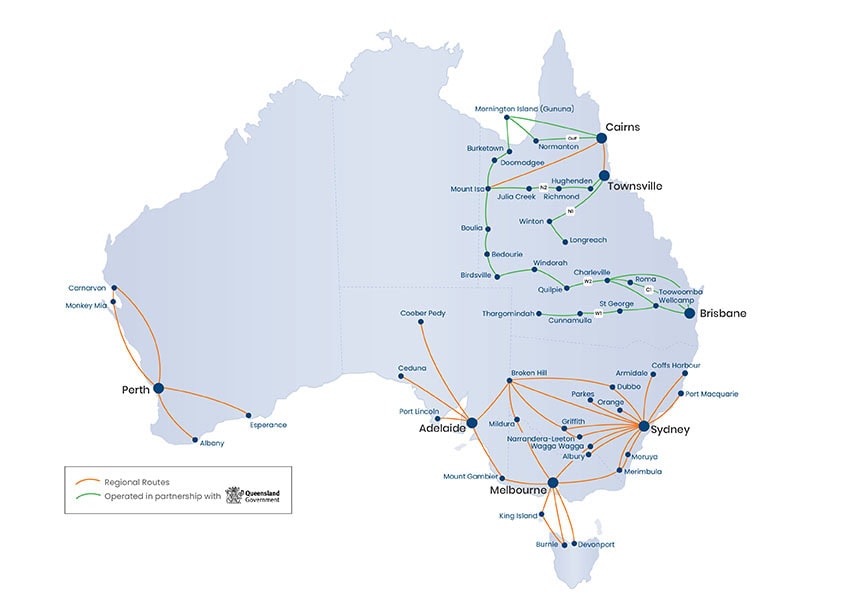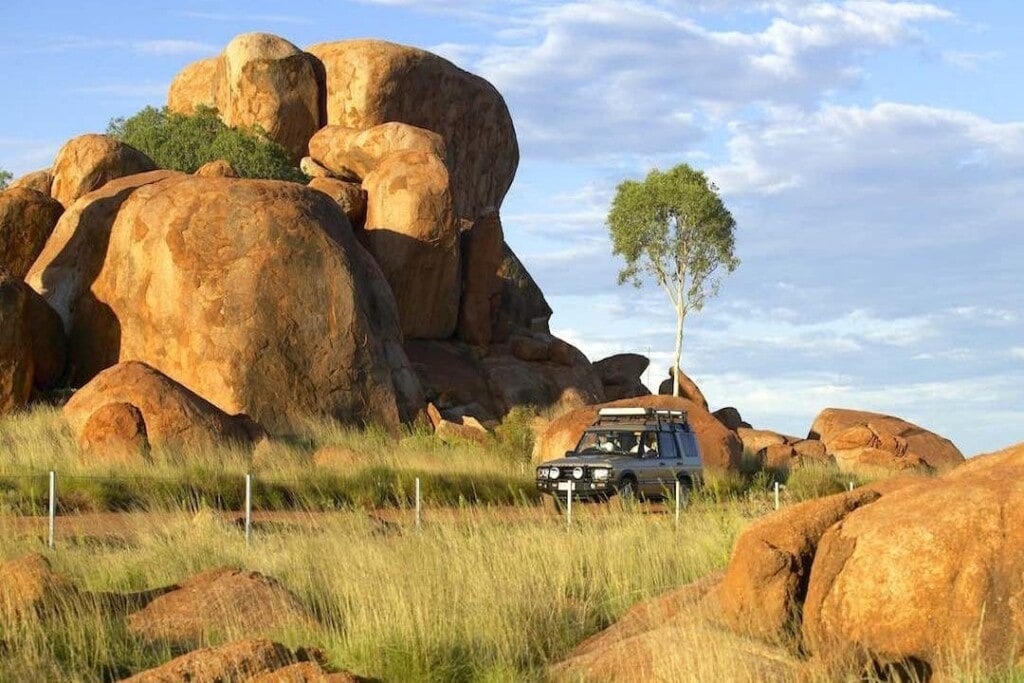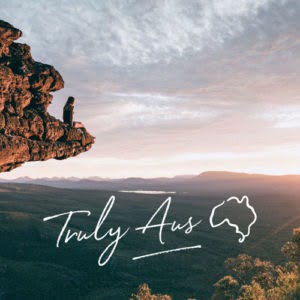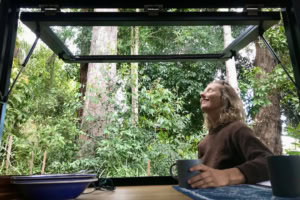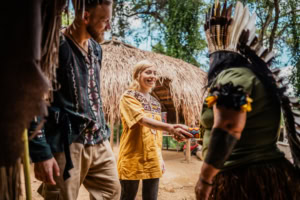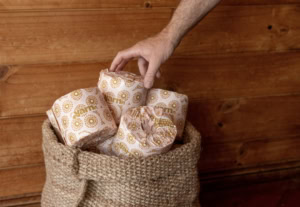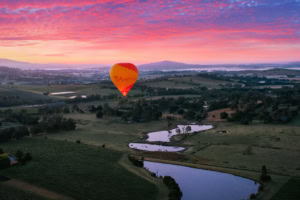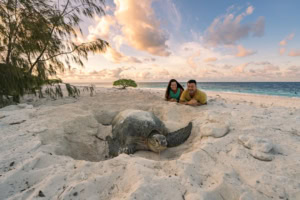Driving Adelaide to Darwin, along the Stuart Highway, is a classic Outback route.
We took to the long road to discover its attractions.
Driving Adelaide to Darwin: The Stuart Highway
The Stuart Highway is the sort of place where lizards die of boredom and roadhouse owners go troppo squinting at the horizon, I’m told. Fair enough. True, the route is mostly flat, straight, and features plenty of nothing, unless you count rocks and roadkill. But where there’s red dust, there’s wanderlust. This is a classic Aussie journey that will take me in just more than 3000 kilometres from cold seas to arid outback and steaming tropics, and links two cities across ancient Aboriginal lands.

Driving Adelaide to Coober Pedy in South Australia
The route is perfect for travellers like me: a grand adventure for the not-entirely adventurous. The road is sealed, and I probably won’t need to fix a crankshaft or find water. As for plenty of nothing, that’s an outback experience in itself. I think I’ll be happy, trundling along a black road between red rock under a hot, blue sky. There isn’t much fanfare to the start of the highway out of Adelaide. Only after Port Augusta do I feel I’m on an adventure as I leave the last traffic lights for 1200 kilometres and drive through scrubby hills and past occasional petrol stations. The sunset is a great slash of pink that sets the reddening earth on fire and sparks the sky with evening stars. I stay in the town of Woomera, a curiously suburban-looking place with an interesting visitor centre display on the region’s weapons-testing years.
Next morning, I drive by salt lakes. Emus lurch across the road. Distances get longer, the emptiness oppressive – and it’s a long route, to say the least, driving Adelaide to Darwin. I’m distracted only by big red kangaroos, strange rocky outcrops and a green car overturned. At Coober Pedy I take to the golf course for a leg stretch. There’s no grass whatsoever at Opal Fields course; golfers carry a square of artificial turf around to tee off. Bunker sand is soaked in oil to prevent it blowing all the way to Western Australia, while dirt mounds provide obstacles. The lunar, saltbush-studded landscape is scorching hot. Night games with glow-in-the-dark balls are a good way to avoid the sun.
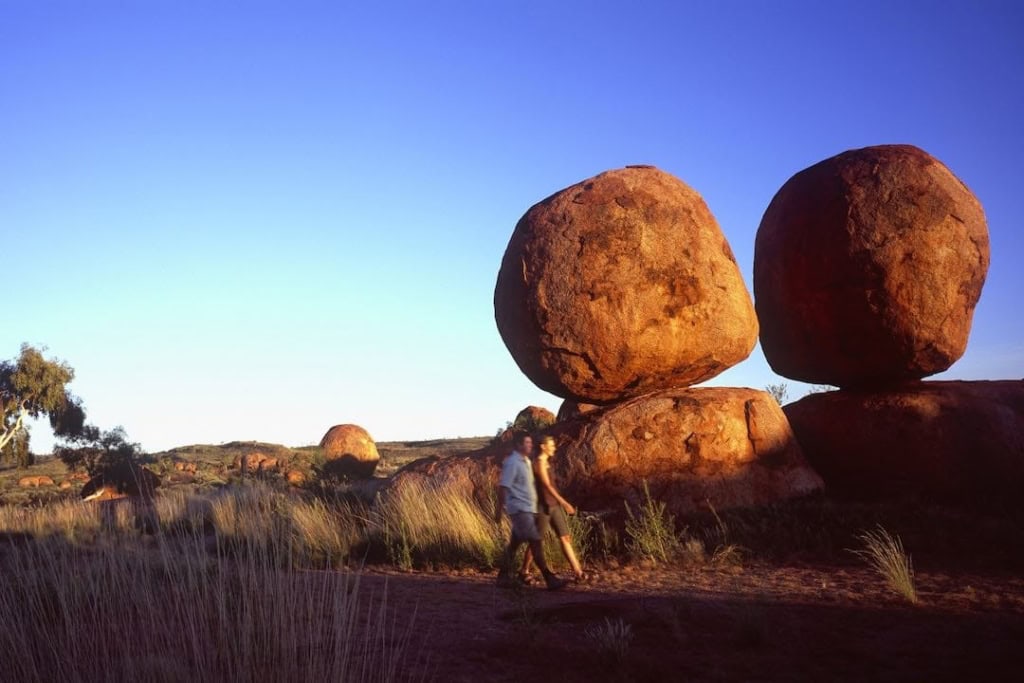
Driving Coober Pedy, SA to the MacDonnell Ranges and Devils Marbles, NT
Next day I’m zipping past the famous Dingo Fence and through cattle stations. Wedge-tailed eagles hover over roadkill. Then I’m in the Northern Territory, with its twisted rock formations and mulga trees. Finke River is a wide ribbon of sand, then come stony escarpments and straggling gums. Along the Hugh River near Alice Springs, white-trunked eucalyptuses follow the courses of dry riverbeds, hungry for water. Alice Springs signals itself with the first dubious signs of civilisation: telegraph poles, discarded beer cans and tin shacks. Then the road slips through a gap in the MacDonnell Ranges into town. I visit the Royal Flying Doctor Service, whose founder John Flynn lies in a grave marked by an impressive red granite boulder just outside of town.
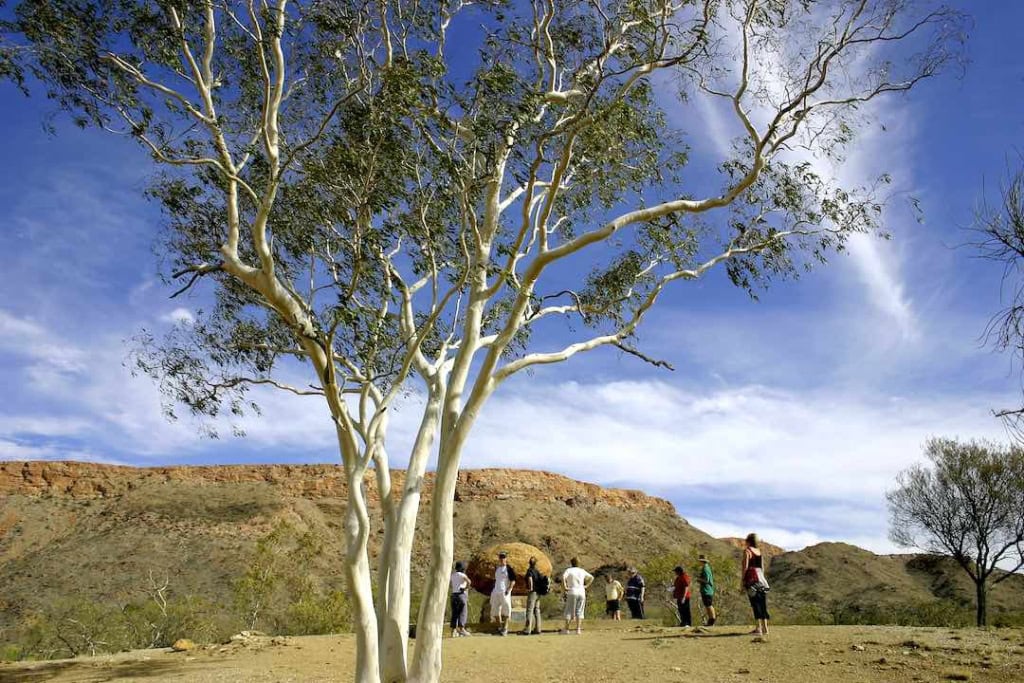
I’m really only halfway on my journey along the Stuart Highway but, squint-eyed and dusty-haired, I feel happy that there’s still 1500 kilometres to go on this epic route. Next morning I’m powering on northwards. At Barrow Creek, an old pub features a ‘bush bank’ of foreign banknotes pinned to the walls. The inevitable men in singlets – where do they come from? – are sitting on bar stools slurping beer as if they haven’t moved in weeks.
I flash through Wycliffe Well, where more UFOs have been spotted than anywhere else in Australia, and stop at the Devils Marbles, said by local Aboriginal people to be eggs laid by the Rainbow Serpent. It’s one of the world’s most ancient religious sites and an extraordinary natural feature. The rounded granite boulders have been exfoliated by wind-borne sand; a few have been split apart by the outback’s extremes of temperature. In another few million years, just a few pebbles will be left. Outback travel is forever reminding me of my insignificance.
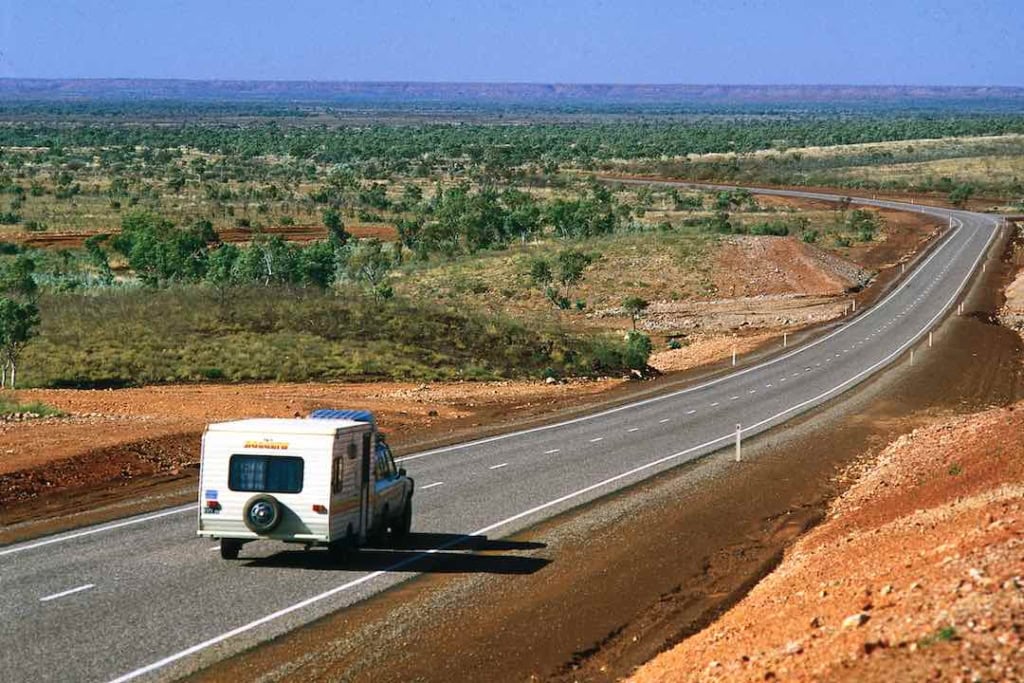
Driving Tennant Creek to Darwin in the Northern Territory
At Tennant Creek, I inspect the town’s old telegraph station and remains of its gold rush, the last in Australia. It’s a long haul north to Daly Waters. The sign outside its campground says pets are allowed, before adding: “No elephants”. Its chief attraction is its 1893 pub, whose lunchtime surf-and-turf offering of beef and barramundi is surprisingly good. Bras hang from the rafters like medieval pennants, and numberplates and underwear decorate walls. I like these curious outback pubs, with their eccentricities, sense of humour and slight air of Mad Max madness. There are unexpected pleasures in the middle of nowhere. Hot water bubbles up in Elsey National Park near Mataranka, providing a startling oasis where travellers float in clear water surrounded by bird-haunted pandanus.
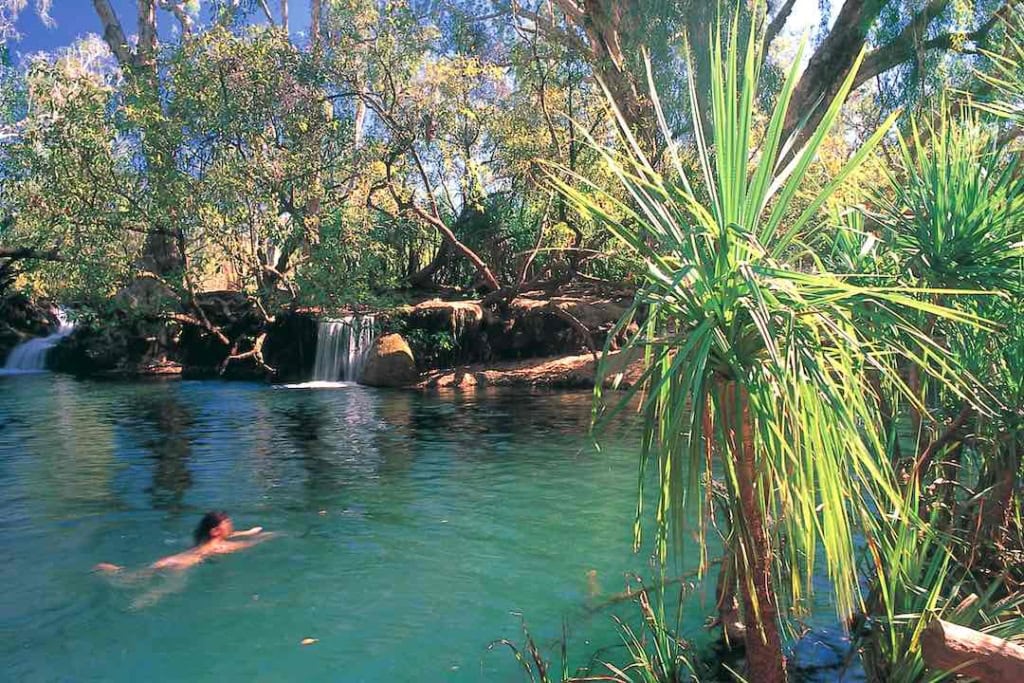
In Katherine I stock up on supplies before detouring off the highway to Nitmiluk National Park, where I camp by the river and watch blue-winged kookaburras. Wallabies nibble on the grass as my sunset sausages sizzle. Next morning, I kayak on Katherine Gorge, where white butterflies dance against rust-red cliffs. The end is in sight, but I’m in no hurry: easy stages and frequent stops are the best antidote to monotony on the road. At Leliyn (Edith Falls) I float on my back in the water, admiring a cloudless sky through shimmering paperbark leaves.
In one-time gold-rush town Pine Creek I pan for gold. Next morning, I take a cruise on the Adelaide River to see crocodiles lurch from the water, snapping at chunks of meat. When Darwin arrives, the billboards and traffic lights and warehouses seem almost shocking, but thrilling too, marking the end of a remarkable journey.
Enjoyed this story about an awesome road trip through the outback? Check out our podcast on two essential five-day roadtrips in Tasmania.
Travel to Adelaide
Rex flies to Adelaide. Book your tickets here and check out the route map below.
